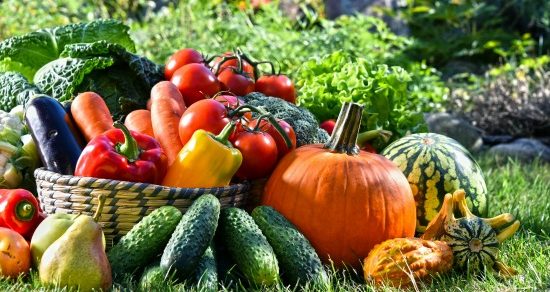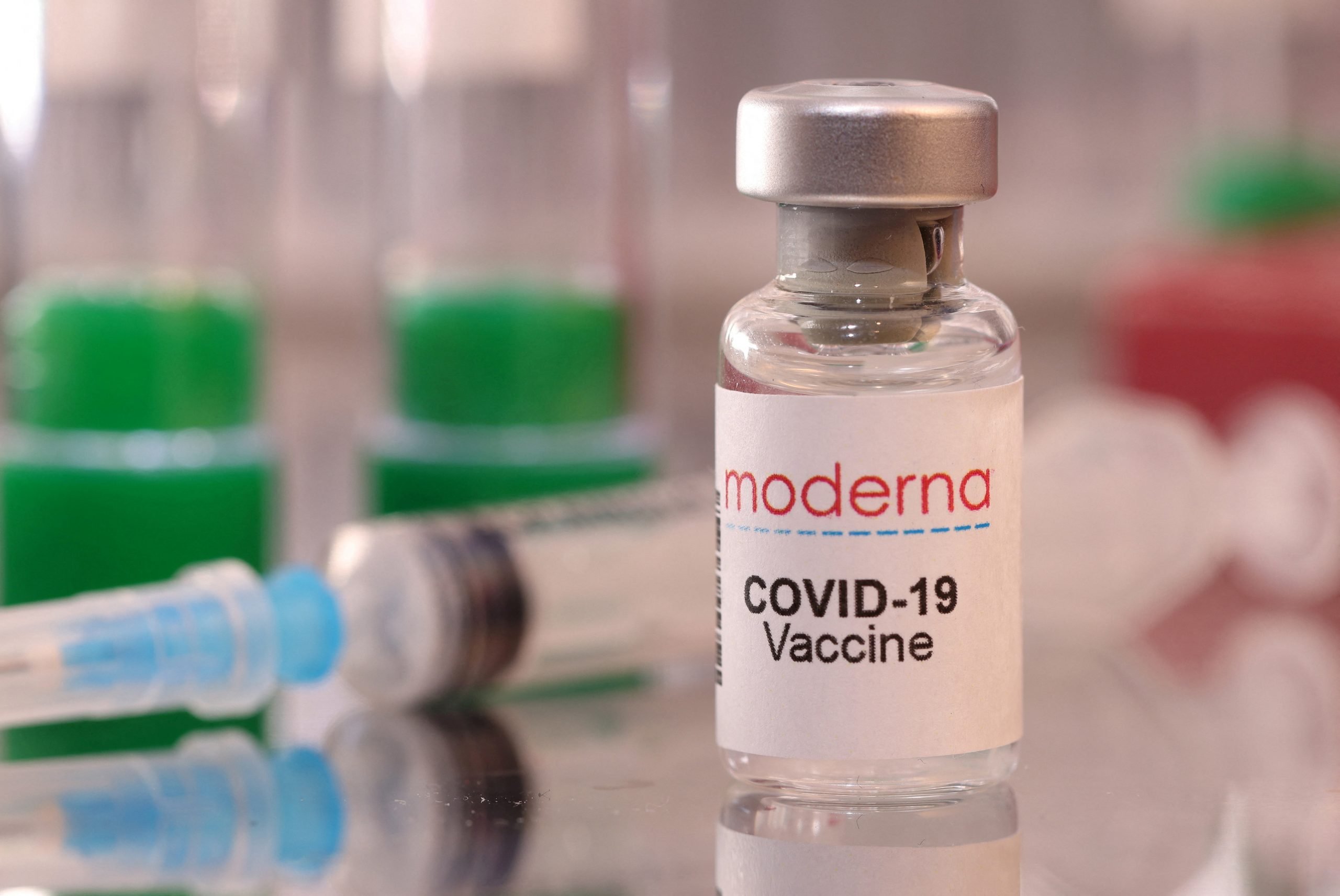This article was originally published at Tess Pennington’s ReadyNutrition.com
Tess is the author of The Prepper’s Blueprint: How To Survive ANY Disaster

Have you ever wondered why you should start your own garden when food is readily available at grocery stores? What about those who would love to be self-sufficient to the point of living off the food they can grow on their own land? The simple answer is yes, this is possible, but it will take hard work and dedication.
Most Americans firmly believe its impossible to be self-sufficient, and those values are all but permanently ingrained into their minds from a young age. Even people who know that organic agriculture is just as productive as industrial agriculture often think you need to have acres and acres of land to grow all of your own food. But that simply is not true. According to the Small Footprint Family, applying certain techniques and principles can get you set on the lifetime journey of potentially being able to grow all your food on as little as a quarter of an acre! Even people in most suburbs could give this a try!
Obviously, how much food you need and can grow will depend on a variety of factors, space being just one of them. You will also need to take into consideration the size of your family and how much food they actually require. A large man will eat quite a bit more than a 5-year-old girl, however, that girl will also grow to consume more. These are a few factors to keep in mind when beginning to consider self-sufficiency. You should also consider the climate in which you live.
In the 1970s, research by John Jeavons and the Ecology Action Organization found that 4000 square feet (about 370 square meters) of growing space was enough land area to sustain one person on a vegetarian diet for a year, with about another 4000 square feet (370 square meters) for access paths and storage. The math works out to a garden plot around 80 feet x 100 feet (24m x 30m). But that is only the beginning.

After determining if you have enough space (calculate more for a larger family) you should also calculate how many pounds of each vegetable you consume as a family in one week. This will give you an idea of what you should be trying to grow. For example, if you eat 5 lbs (about 2kg) of potatoes each week as a family, that’s 20 lbs (9kg) a month and 240 lbs (109kg) a year. You’ll need to grow at least 240 lbs, plus a little more to make up for any loss of plant to disease, pests, and other often unforeseeable problems.
*Another helpful tip to keep in mind: There is no sense in wasting good garden space growing onions if no one in your family likes them. Plant what you eat and the reward for doing so will be greater.
You should also try to plant early, mid, and late varieties of your crops. This will provide a steady flow of produce spread throughout the growing season even if yours is shorter. It can also help to reduce losses due to pests and diseases as your plants will be in different stages of growth at different times. For example, GoVeg.com suggests if you’ve decided on growing potatoes you could choose 3 different varieties – one each of first early, second early, and maincrop varieties. Many other crops have seasonal varieties too, including peas, beans, apples, onions, and corn. You’ll also want to replant as you harvest your first early potatoes in June. You could then plant, for example, a quick growing crop such as some beets and still have enough time to harvest them as well.
You could also employ the use of greenhouses, cold frames, or a hoop house to add an extra few weeks at the start and end of the growing season. In cooler climates, this will ensure you are much more successful with tender crops like tomatoes, cucumbers, and melons. They will also help to protect your crops from unseasonal weather such as wet summers and from some pests such as birds, small mammals, and deer (although an effective fence to keep deer out is still recommended). It’s always an added and welcome bonus to be able to harvest fresh produce early in the season!
Another important thing to keep in mind is just because you may not have the knowledge or skillset yet to master a self-sufficient garden, that is not a reason to give up. Growing your own food doesn’t have to be about being totally self-sufficient, as that is going to have to come in time and with often several seasons of practice. Whether you have a few containers by your back door or have a 2 acre plot of land you can use, you’ll be able to add fresh ingredients to your meals, reduce your grocery bills, and maybe even discover a love for nature and gardening along the way! Another great side effect of growing even small amounts of your own food is that children often learn early how to eat better and stay healthier as they grow into adults. Getting your kids involved at a young age will spike their curiosity, as they love to eat the foods they have helped nurture an grow.
*Helpful Hint: grow snap peas along a fence just for your kids. They are easy to grow and withstand a frost quite well. Help your kids plant the seeds and water them. Show them how the peas look when they are ready to eat. Allow them to eat their peas off the plants whenever they would like as a healthy snack. My children love this and they go out on their own to weed their snap peas and taste the fruits of their labor all summer. It’s very rewarding for a rather small cost.
Tess Pennington is the author of The Prepper’s Blueprint, a comprehensive guide that uses real-life scenarios to help you prepare for any disaster. Because a crisis rarely stops with a triggering event the aftermath can spiral, having the capacity to cripple our normal ways of life. The well-rounded, multi-layered approach outlined in the Blueprint helps you make sense of a wide array of preparedness concepts through easily digestible action items and supply lists.
Tess is also the author of the highly rated Prepper’s Cookbook, which helps you to create a plan for stocking, organizing and maintaining a proper emergency food supply and includes over 300 recipes for nutritious, delicious, life-saving meals.
Visit her website at ReadyNutrition.com for an extensive compilation of free information on preparedness, homesteading, and healthy living.











0 Comments